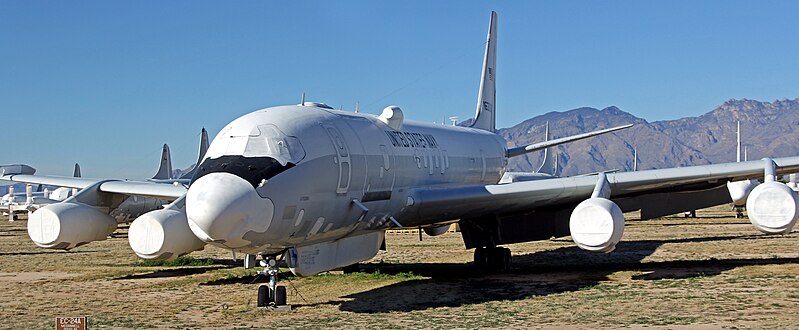
Picture: Clemens Vasters | Wikimedia Commons
Aircraft Boneyard [also referred to as Aircraft Graveyard] is defined as, “a storage area for aircraft which are retired from service.” Simply put, an aircraft boneyard is a graveyard for retired or decommissioned aircraft.

Picture: Phillip Capper | Wikimedia Commons
Aircraft Boneyards are generally located in dry areas such as deserts with little to no humidity and rain. The dry climate helps the aircraft preserve and reduces the rate of corrosion. This is useful for potential reuse or long-term storage.

Picture: Robert Frola | Wikimedia Commons
The main purpose of Aircraft Boneyards is to store and preserve aircraft. These aircraft can be used for recycling, scrapping, testing, research, and experimental purposes.

Picture: Quintin Soloviev | Wikimedia Commons
Aircraft boneyards have large flat areas in order to accommodate a large number of aircraft. Most aircraft are large in size for which a large area is required. Aircraft stored for long-term purposes are kept compactly to make more space for storage of other aircraft.
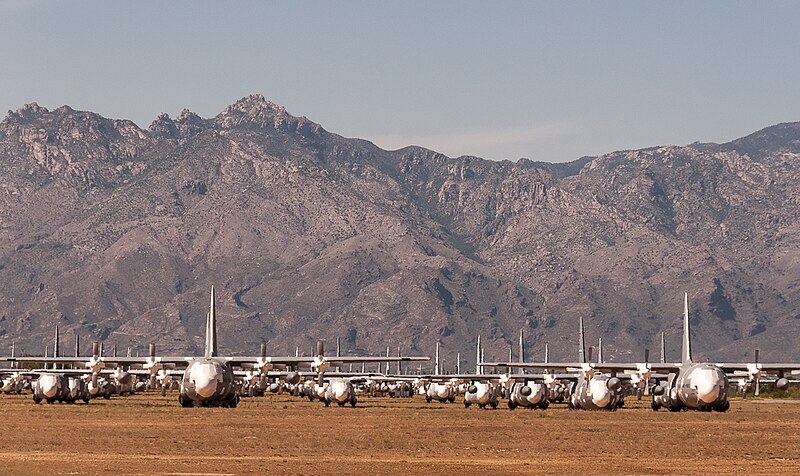
Picture: StellarD | Wikimedia Commons
Most aircraft boneyards are inaccessible to the general public except some boneyards which allow visitors. Additionally, in order to visit, special permission is required and guided tours are done.
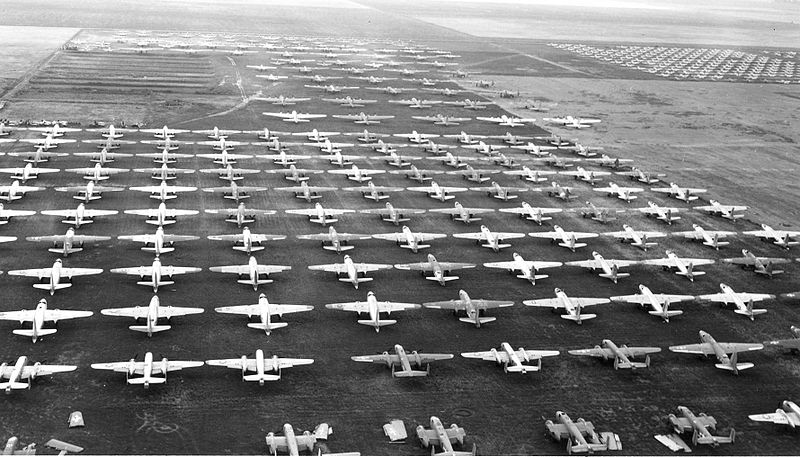
Picture: Bill Larkins | Wikimedia Commons
Depending on the type of aircraft boneyard, the size of the area can range from 50 acres to over 2,600 acres. Smaller facilities have lesser space (50-200) acres whereas medium boneyards can range anywhere from 500-1000 acres. Larger boneyards have space of over 2,600 acres.
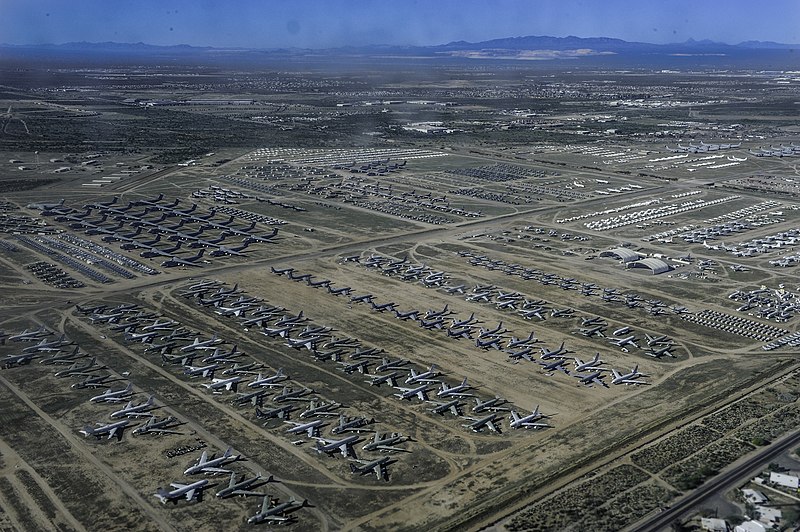
Picture: Petty Officer 3rd Class A P | Wikimedia Commons
The 309th Aerospace Maintenance and Regeneration Group (AMARG) is the largest aircraft boneyard in the world. This boneyard is located at Davis-Monthan Air Force Base in Tucson, Arizona. It has a size of 2,600 acres with over 4,000 aircraft stored in it.
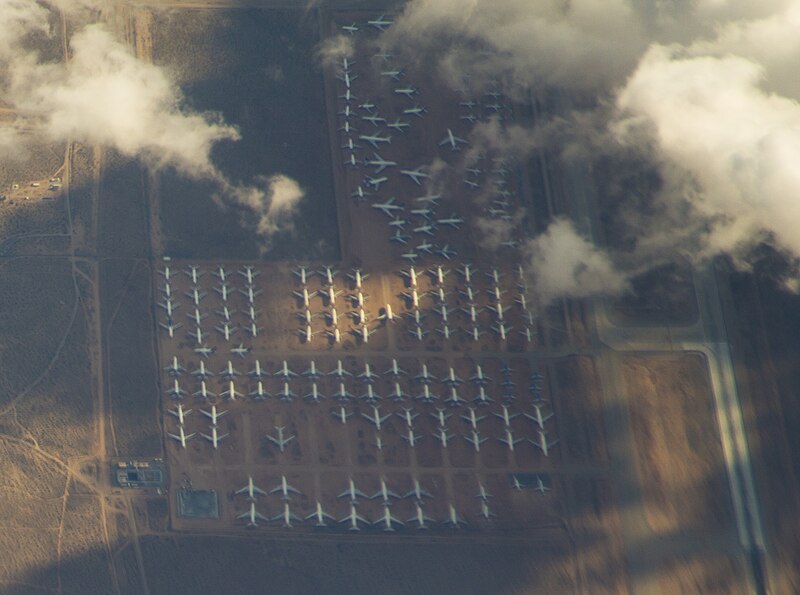
Picture: Doc Searls | Wikimedia Commons
Southern California Logistics Airport (SCLA) [also called Victorville Airport] is located in Victorville, California, and is one of the largest aircraft boneyards in the United States. With over 2,500 acres of land, it can store hundreds of aircraft.
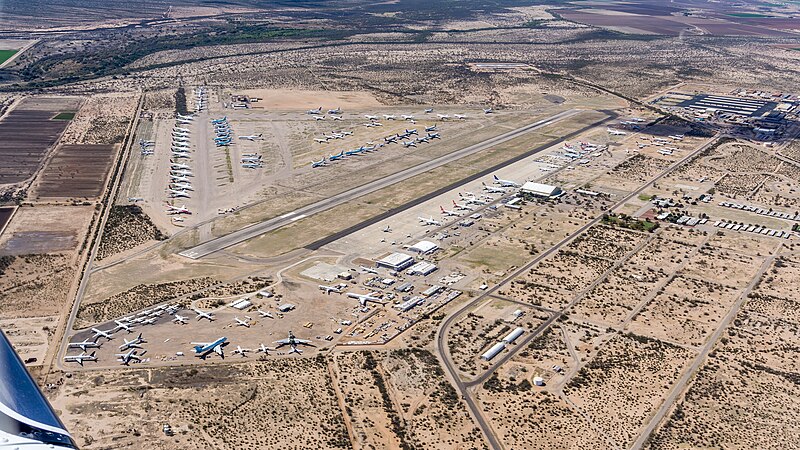
Pinal Airpark is an aviation facility located in Marana, Arizona, and is one of the major aircraft boneyards in the United States. With an area of 1,508 acres, Pinal Airpark has around 200-300 aircraft stored.
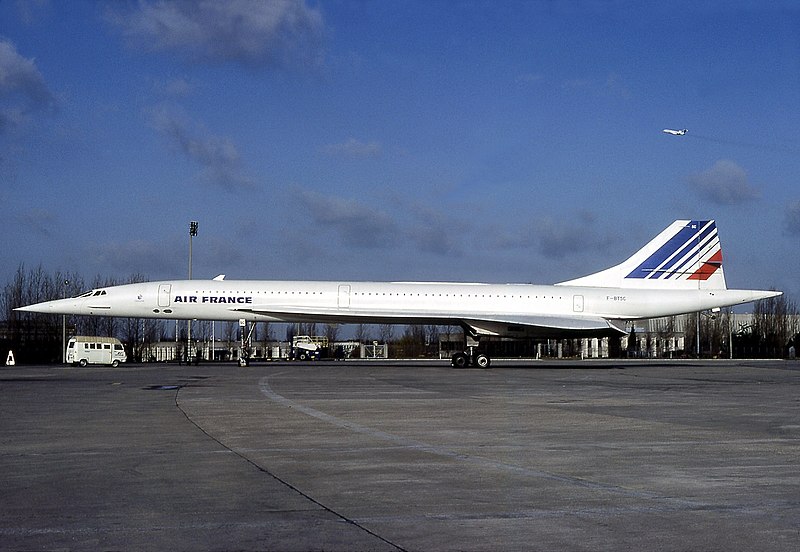
Picture: Michel Gilliand | Wikimedia Commons
Famous aircraft such as The Concorde aren’t quite stored in boneyards as only a limited number of these were ever produced.
